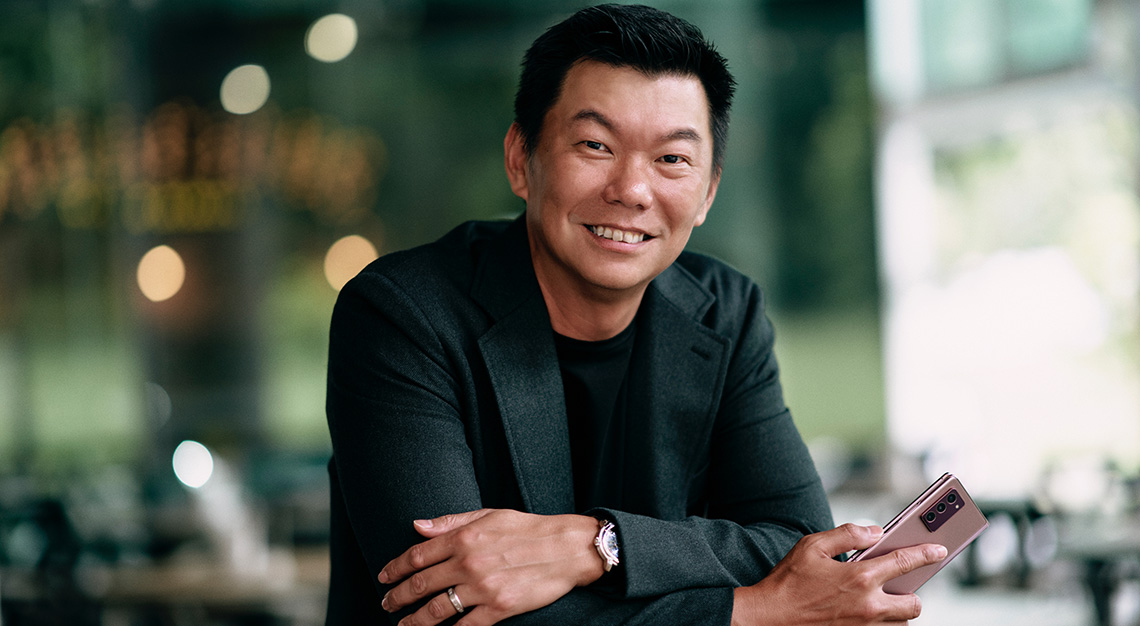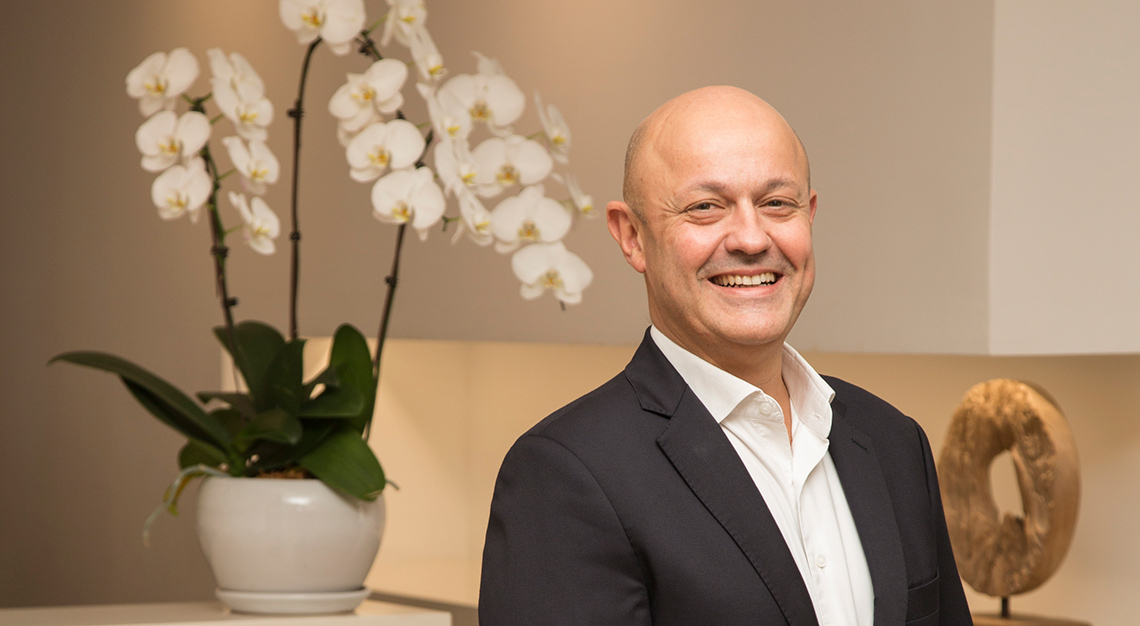Take a good look at gender equity inside the wine industry today
As we made our way between barrels and the large crowd that packed the hall at the Culinary Institute of America in Saint Helena a couple of weeks ago, winemaker Bridget Raymond, founder of Courtesan Wines, slid between us, gripped us by the elbows, and steered us toward the barrel topped with samples of Premiere Napa Valley 2024’s Lot 15, “Women Winemakers.” Raymond and 17 female colleagues from high-profile wineries throughout the valley collaborated to make a one-of-a-kind cuvée available to the highest bidder. While she was rightfully proud of the palate-pleasing Cabernet Sauvignon that she had a hand in producing, other females in the field wish that the entire idea of singling out women in the world of wine would be relegated to history.
“I think the term is entirely redundant,” Priyanka French, winemaker at Signorello Estate, told us. “It is unfortunate that even in 2024, we are still having to use this term due to the unequal gender representation in the industry,” A fierce champion of diversity in the world of wine, French is one of the youngest female winemakers to take the helm at a Napa Valley estate and one of just a handful of Indian winemakers in California. To her and many others, it’s a profession that has nothing to do with gender. “The vines don’t know or care if you are a man or a woman,” she says.

Although Raymond was born and raised in Napa Valley and was able to build relationships with grape growers from an early age, she recalls a time that she told a famous Napa chef that she was a winemaker and he grabbed her hand to inspect it. He seemed satisfied when he saw that her hands bore scratches and her nails were stained purple, but she doubts that he would have treated a male winemaker the same way. She says many people, especially consumers, are shocked when she tells them how many female winemakers there are in Napa. Even so, as of 2020 only 14 per cent of wineries in California had a lead female winemaker.
Among that group is Françoise Peschon, consulting winemaker at Accendo Cellars, who started working with the Araujo family in 1993 as a part-time winemaker. After stints at Stag’s Leap Wine Cellars and Rombauer, she was looking for a more flexible option when she became pregnant with her first child. Peschon doesn’t believe that she has been passed over for any jobs because of gender, and she is grateful that Accendo cofounders Daphne and Bart Araujo were supportive of her work-life balance at that time. Peschon cringes when she hears the words “women winemakers,” because although she thinks it’s great that a wine made by a group of women raises money for charity, she points out, “I never see a ‘Men Winemaker’ lot! Wouldn’t that be funny?”
Mentorship is important in any industry, and Alison Rodriguez, Silverado Vineyards’ winemaker, has found herself on both sides of the mentor process. She prizes her time learning from standouts such as Paul Hobbs, Celia Welch, and Dave Guffy, so she continues their legacy by providing support and advice to interns and new employees. Rodriguez believes when people consider the idea of women winemakers, they probably think to themselves, “Wow, that is a demanding, dirty, physical job, with long nights and days during harvest away from home and family. That could be grueling for any man or woman.” That said, much of the gruelling work at Foley Family Wines, Silverado’s parent company, is done by women—Rodriguez told us that the winemaking team, led by Courtney Foley, contains more female than male enologists.

Even the effects of mentorship and family lineage have their limits: Vintner Robin Lail was personally mentored by Robert Mondavi while working as his personal assistant, and her great-granduncle, Gustave Niebaum, founded Inglenook, which passed to her father, John Daniel, Jr. In the early 1980s, Lail cofounded Dominus with Christian Moueix and then Merryvale with Bill Harlan, staying on there for 12 years as president. Even so, when she sold out of her partnerships and launched Lail Vineyards with her daughters, Erin and Shannon, in 1995, she believes that her path may have been easier if she were a man. “Many people questioned whether as a woman of 55 I could create a new brand and break out of the crowd,” she told us. Lail also believes initially “it would have been easier to develop respect for our wines, seek investors if needed, and capture the attention of wine critics,” if she weren’t a woman.
After a lifetime in wine and almost 30 years since launching her brand, Lail is still surprised that women are delineated within the wine industry, citing the number of important women in Napa since the middle of the 20th century and pointing to the 38 per cent of winemakers in Australia who are female. On members of her gender in the wine business, she said, “We have CEOs, winemakers, and viticulturists bringing important new perspectives and sensibilities to the business.” She thinks the idea of calling attention to this may be because members of the public may not be aware of the growing number of women in the field. It’s true that women winemakers are represented in far larger numbers outside of California; about half of the people who make wine in Spain’s Rías Baixas region are women, as are 40 per cent of those in Chile, and there are countless others toiling away in vineyards and barrel rooms around the world. Although not that long ago the only path to winemaking or winery ownership for women was the death of a father, brother, or husband, today the opportunities are endless. So during this Women’s History Month, let’s raise a glass to the women who make wine with the expectation that the generations of women winemakers to come can be referred to with only the title they deserve: winemaker.
This story was first published on Robb Report USA






